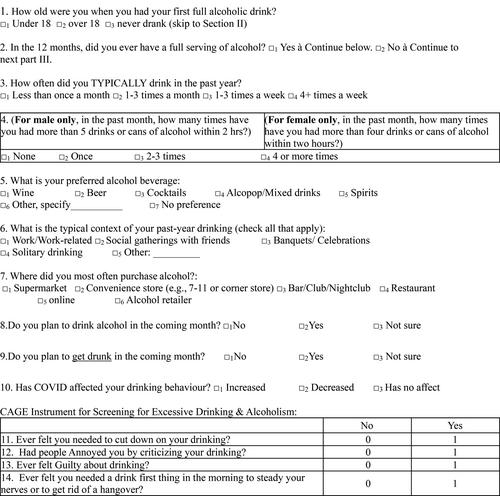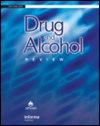Who is being targeted by alcohol social media marketing? A study of Chinese young adults in Hong Kong
Abstract
Introduction
Due to the widespread use of social media by young adults, the alcohol industry has been increasingly using social media marketing (SMM) to target potential customers. This study examines the prevalence and factors associated with past-month exposure to alcohol SMM among young Chinese adults, a group with rapidly increasing uptake of alcohol consumption.
Methods
An anonymous, random telephone survey was conducted between June and August 2021 on Hong Kong Chinese residents between 18 and 34 years old (n = 675).
Results
Of respondents, 52.3% reported past-month exposure to alcohol SMM (68.6% of past-month drinkers and 48.0% of non-past-month drinkers, p < 0.05) while 71.6% reported exposure to non-SMM alcohol marketing. Direct alcohol SMM exposure was reported by 40.9% (e.g., business-to-consumer postings, alcohol banner ads) while 27.4% of respondents reported exposure to indirect alcohol SMM marketing (e.g., shared/‘liked’ alcohol brand posts). Of those exposed to alcohol SMM, 13.7–15.5% reported that the various forms indirect alcohol SMM influenced them to drink more (vs. 6.2–8.9% for direct alcohol SMM). Being male, lower-income, university educated and spirits/cocktail drinker were independently associated with exposure to direct alcohol SMM (ORmv 1.71–3.14). Past-month exposure to indirect alcohol SMM was independently associated with lower income, not working full-time and drinking any type of alcohol (ORmv 1.59–4.44).
Discussion and Conclusion
The comparative effectiveness of indirect SMM on influencing young adults drinking intentions may be a form of peer endorsement of drinking. The pervasiveness of alcohol SMM and lack of alcohol SMM policies may indicate the need for greater alcohol marketing regulation in this region.


 求助内容:
求助内容: 应助结果提醒方式:
应助结果提醒方式:


